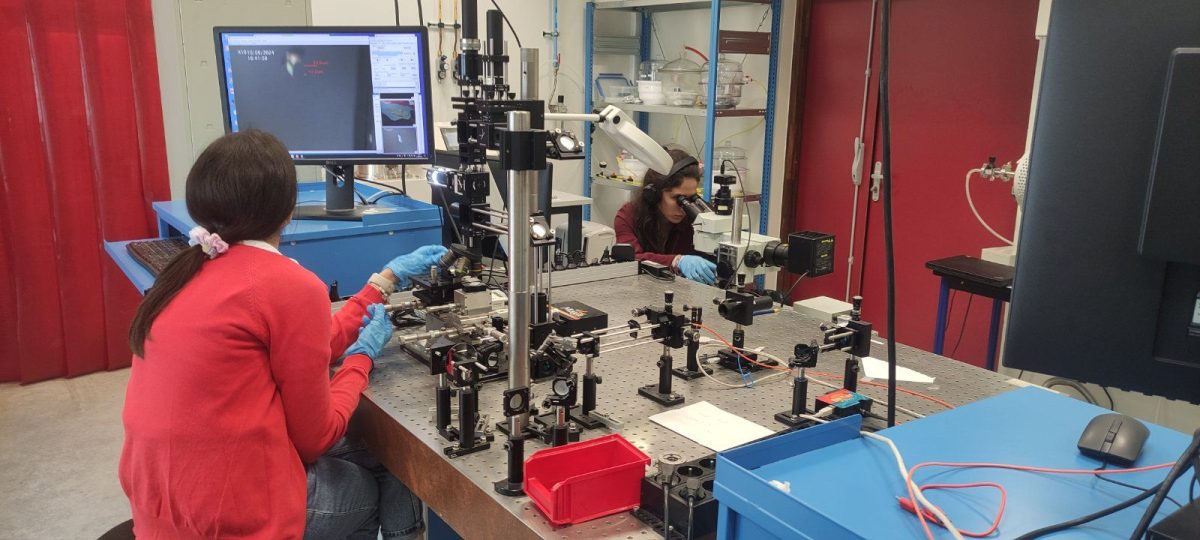Tuesday 04/04/2023, 11:00
FORTH Seminar Room 1
Dr. Lucian Covaci
University of Antwerp (UA), NANOlab, Antwerp, Belgium
e-mail: [email protected]
Abstract:
The advent of 2D moiré heterostructures, starting with the discovery of flat bands and strong correlations in magically twisted bilayer graphene (TBLG), has shown that there is still a lot of room for uncovering exciting new physics when the layer, twist and strain degrees of freedom are explored. From a theoretical and computational perspective, the 2D moiré heterostructures have in common an increasingly large supercell, with as many as 104 atoms per supercell, leading to increasing difficulties in accurately modeling them. In this case, ab-initio methods are beyond the reach of current computing resources, while continuum effective models might not be valid anymore. In the first part of the presentation, I will introduce two tight-binding open-source software, Pybinding [1] and Quantum-Kite [2], that can be deployed in the description of moiré systems. These are based on spectral expansions of the Green’s functions and allow for the description of opto-electronic properties of moiré systems in the presence of disorder, vacancies, magnetic field, with possibilities to model systems with as many as 1010 degrees of freedom.
In the second part, I will exemplify the use of the methods and software for the description of electronic properties of hBN encapsulated multilayer graphene and strained graphene superlattices. Recent experimental and theoretical works [3] have shown that the combination of marginally aligned graphene/hBN heterostructures will lead to secondary Dirac points, mini- bands, and gaps in the spectrum [4]. We will also explore the electronic properties of encapsulated graphene multilayer configurations, where the hBN and graphene layers are aligned, paying special attention to the role of precise stacking of the encapsulating hBN layers [5]. Here we find that for selected moiré-stacking configurations a robust gap at the secondary Dirac point, in combination with an applied perpendicular electric field gives rise in encapsulated Bernal stacked bilayer graphene to flat bands with bandwidth below 10 meV without the need of interlayer twisting. Finally, I will present an alternative route and show that periodically buckled graphene, with strong periodically modulated pseudo-magnetic fields, can also give rise to flat bands [6, 7]. Like TBLG, attainable bandwidths are below energy scales related to the Coulomb interaction and thus strongly correlated electronic states are expected.
